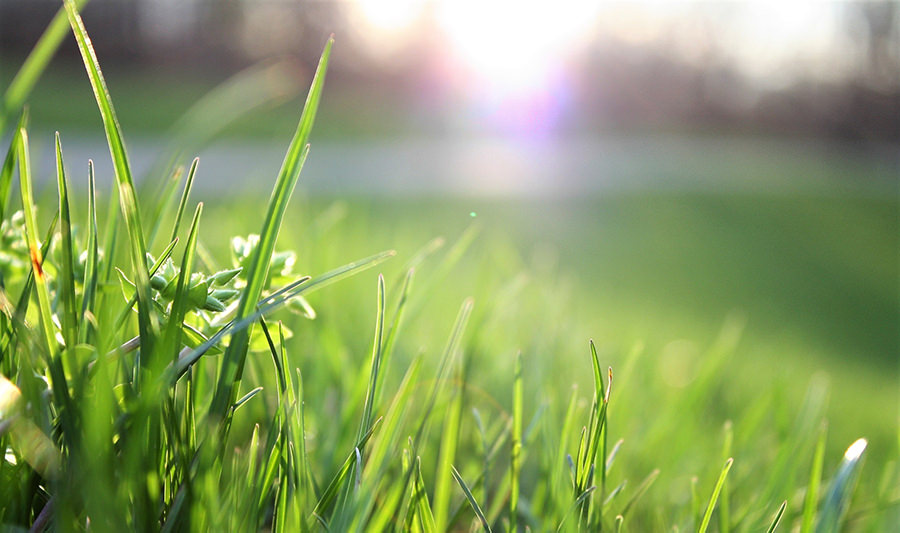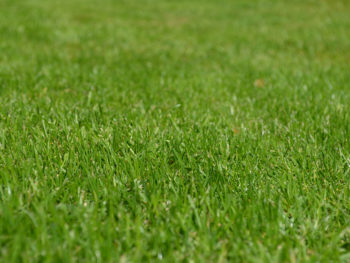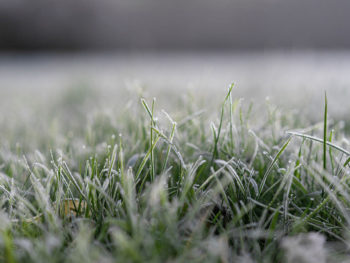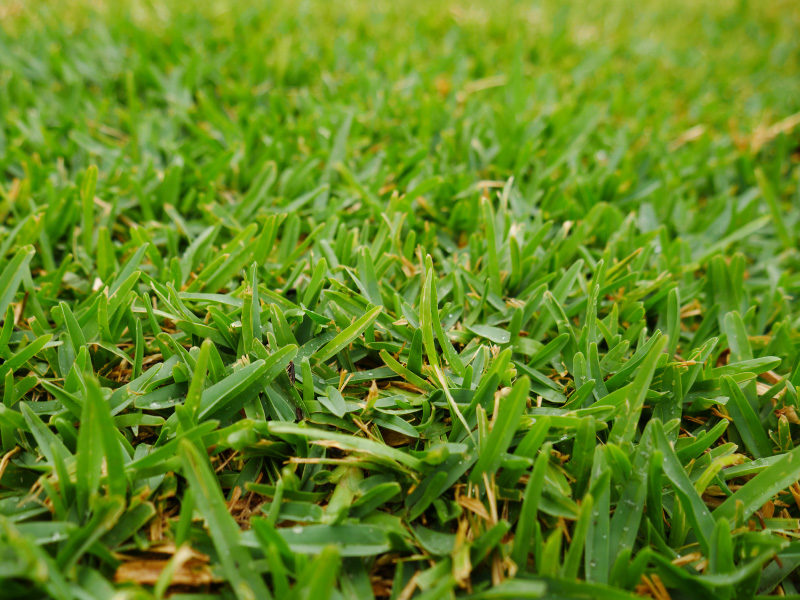Summertime conditions can be tough on your lawn, especially when it’s hot, it’s dry and you have water restrictions in place. Before you know it, your precious patch of green can be dry, brown, wilted and dying. Not only is this bad for your lawn’s health, but it also means you won’t be able to use the lawn very much over summer. And as summer is usually the peak season for spending time outdoors, this can be very annoying. But instead of just waiting for it to rain, there are a few strategies you can use to create a more drought-tolerant lawn so that it won’t suffer so much when summer arrives.
Choose the right type of grass
If you have an already established lawn, changing it may not be possible, but it’s worth keeping in mind that your choice of grass makes a big difference to how well it resists hot and dry conditions. Different varieties of grass are best suited for different climates and soil types, and some handle drought-like conditions much better than others. If you live in a hot, dry climate it’s better to choose a type of grass that will perform well under those conditions. This type of lawn will stay greener for longer under low water conditions and will be able to repair and re-establish itself quickly after the dry conditions have ended.
Horsham Turf has a great range of fantastically drought-tolerant instant turf varieties available, including Nullarbor Couch, Sir Walter Buffalo, and Eureka Kikuyu. These varieties have a dense, lateral growth habit which helps to slow evaporation, and a deep, thick root system which allows them to effectively mine the soil for water and efficiently absorb it. They won’t need watering as often as other varieties and will withstand drought extremely well.
Establishing a low water lawn
However, it’s really not feasible for most of us to change the lawn variety we have in a hurry. It’s reassuring to know that while some types of grass will tolerate drought better, you can still “train” whatever type of grass you have to make it less reliant on water and more able to withstand drought conditions. With the right ongoing lawn care practices, you too can have a lawn that survives and thrives throughout summer.
Watering for a drought-tolerant lawn
Using smart watering techniques is one of the most vitally important strategies you can use to make your lawn more resistant to drought. How you water the lawn is most important when it’s not under drought conditions, so this strategy will need to be applied year-round.
Most of us are watering our lawns incorrectly, by giving them a sprinkle fairly often. You may think you’re doing your lawn a favour and keeping it greener by giving it regular drinks and not letting it dry out – but what you’re actually doing is creating a shallow root system that will dry out easily during a drought. (Read more about common lawn care mistakes you might be making here.) When you use the ‘little and often’ technique in watering your lawn, the grass roots never have to go very deep into the topsoil to find water, thus creating a shallow root system. This is fine throughout most of the year, but when it comes to the hot, dry conditions of summer, the lawn will quickly run into trouble. The topsoil dries out very quickly in summer, and roots that only reach that far will not be able to gather any moisture and will begin to die.
A far better way to water is to train your grass to develop a deep root system that will penetrate past the topsoil into the lower levels of the soil, which usually retains more moisture even in summer. To do this effectively, you need to stop watering your lawn – until it starts to develop signs that it needs a drink (i.e. the grass blades losing colour and beginning to wilt). Once this happens, it’s time to water, and give it a nice long drink that will allow the water to go deep down into the soil structure. Depriving the lawn of water for a time allows it to develop deeper roots. And once the roots have established well and summer arrives, the lawn will be able to access a water supply from the deeper depths of the soil which are not affected by summer heat. Your lawn will stay green far longer than a lawn with a shallow root system that only has access to the topsoil. The key is to use this watering strategy throughout the whole year, not just in summer, as you want the roots to establish deeply before drought conditions take hold.
For more smart watering strategies, click here.
Get the best soil
Good soil can work wonders in helping your lawn withstand a drought, as it creates healthier and stronger grass with extensive root systems that can resist drought better. Give your lawn the best chance of withstanding a hot spell by fertilising and top-dressing it in autumn and spring. This will give your soil system a good boost and allow the grass to survive in any weather.
Mowing for a drought-tolerant lawn
In summer, keep your lawn longer than usual when you mow. Although you may have to mow more often, the longer leaf blades will insulate the soil and prevent evaporation of what precious moisture is available. The grass will also be able to photosynthesise more, giving it an increased food supply that will help the lawn withstand heat stress.
Don’t stress the lawn
During drought periods, your lawn is likely to be stressed, so it’s best not to stress it any further by applying herbicides or fertilisers, or aerating. Help it beat the heat by allowing it to “rest” as much as possible while it’s trying to survive.
These strategies need to be carried out year-round to give your lawn the best chance of being able to survive the heat and dryness of summer. With a little care and attention throughout the year, your lawn will be able to sail through the harsh conditions of summer with minimal fuss – and maximal greenness.





 Getting rid of clover in your lawn
Getting rid of clover in your lawn
